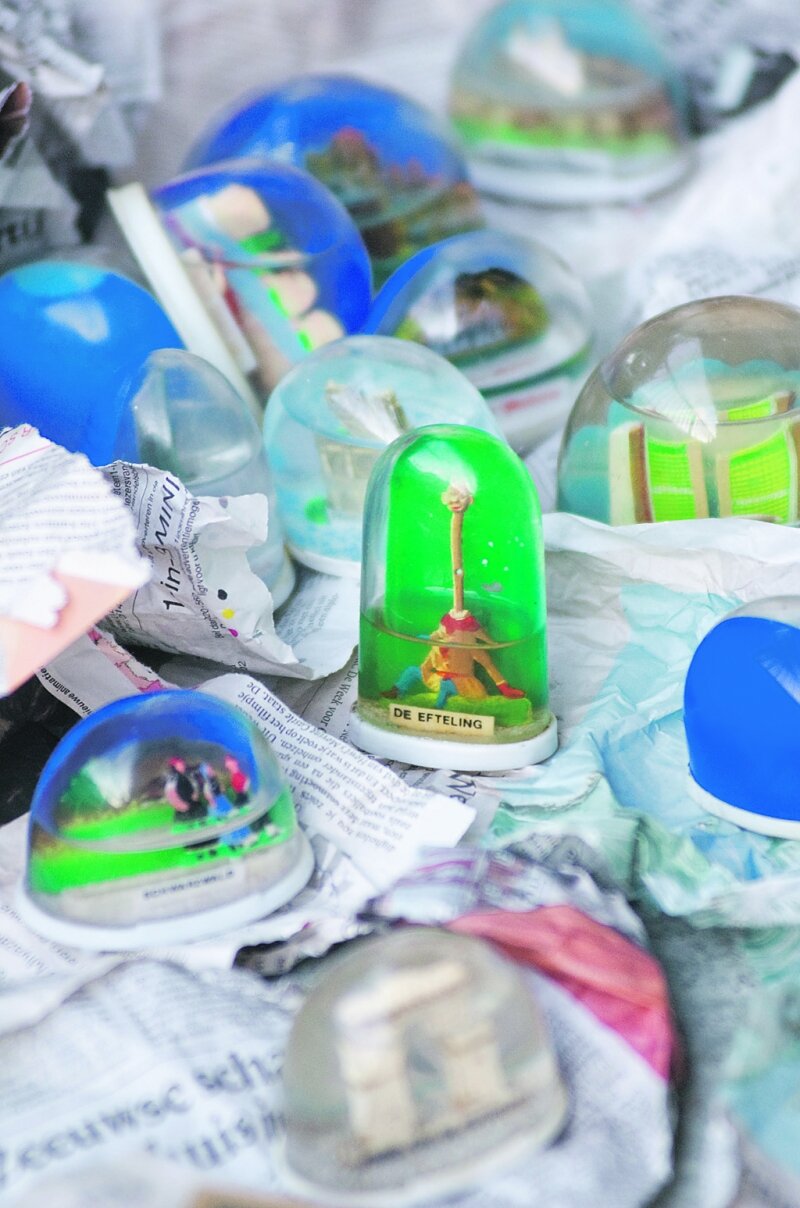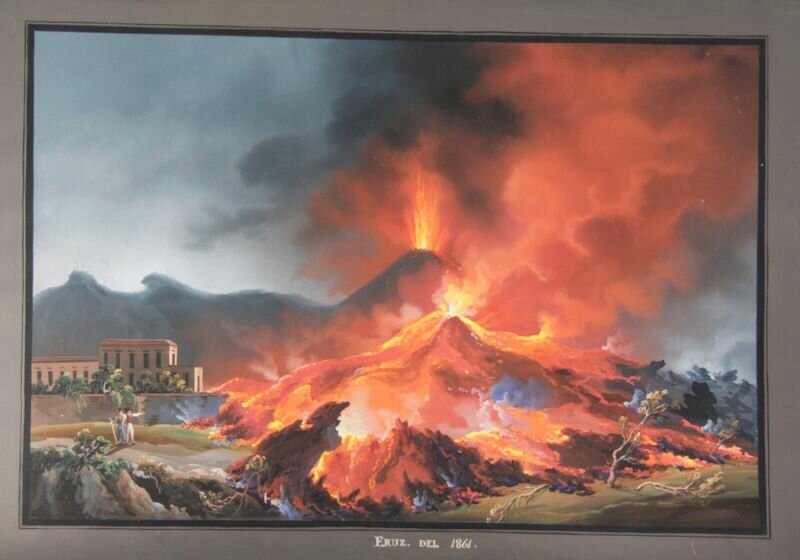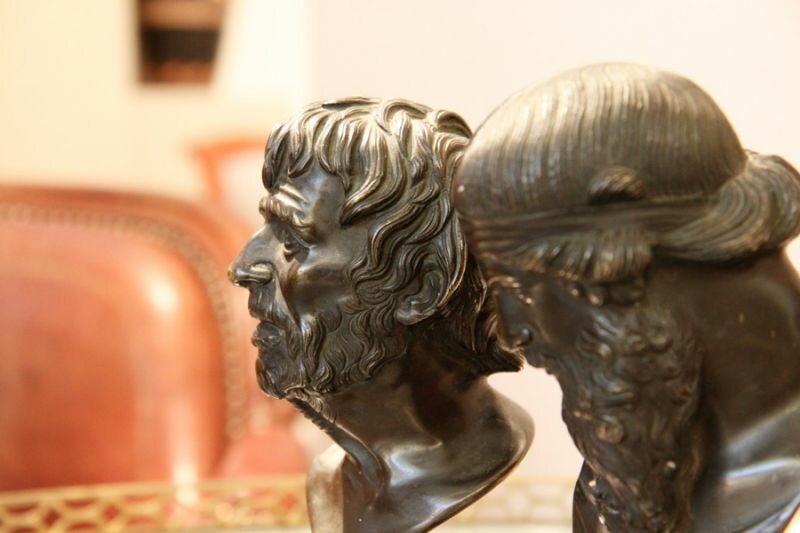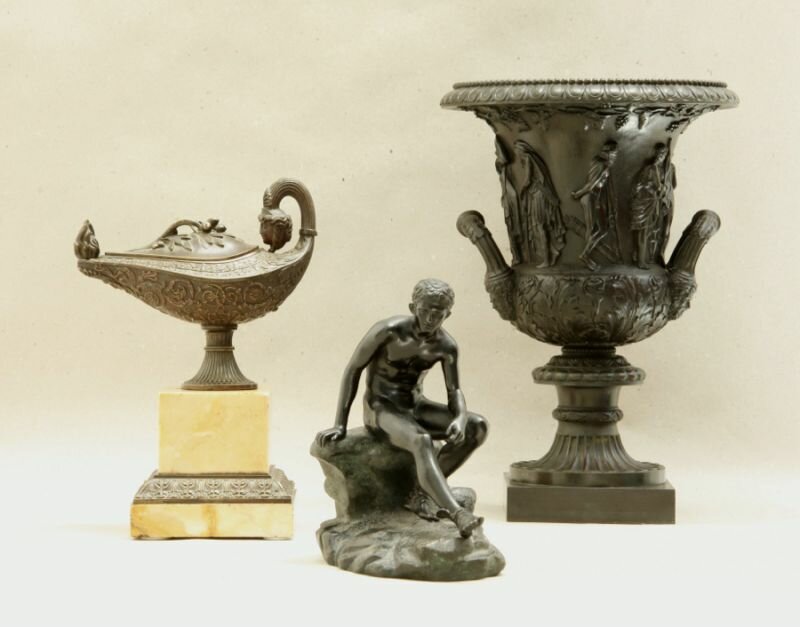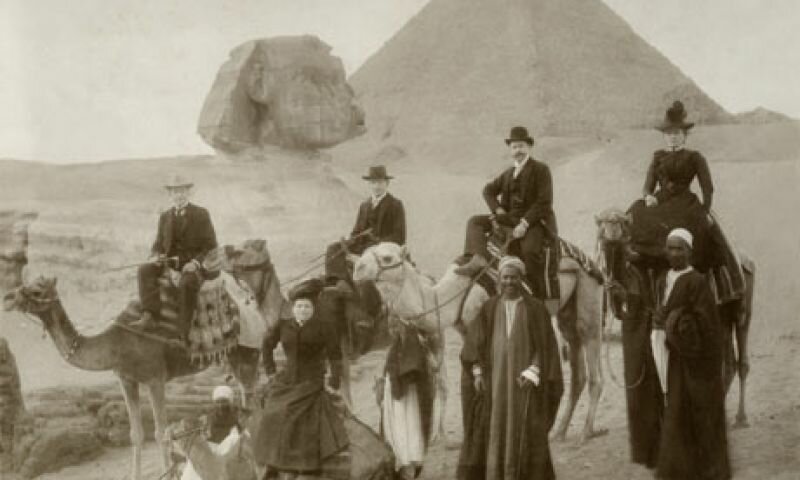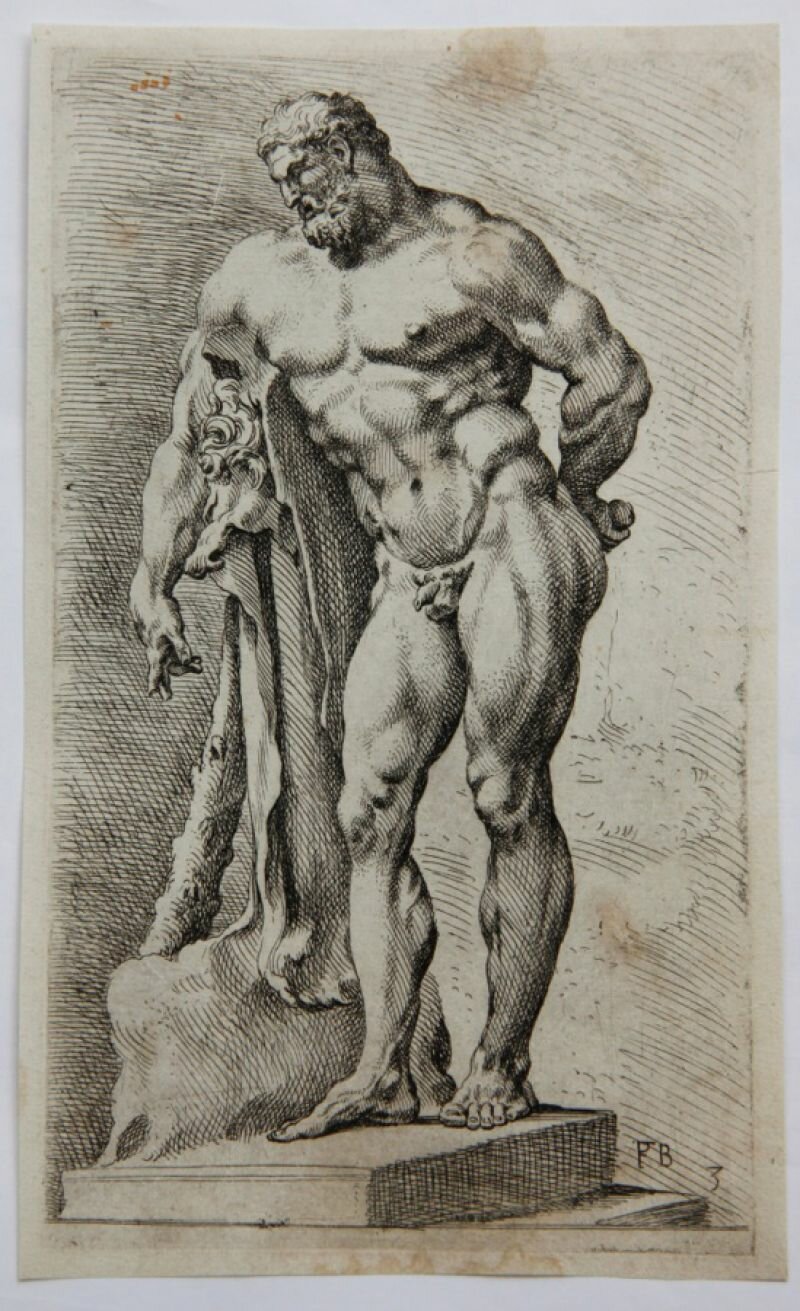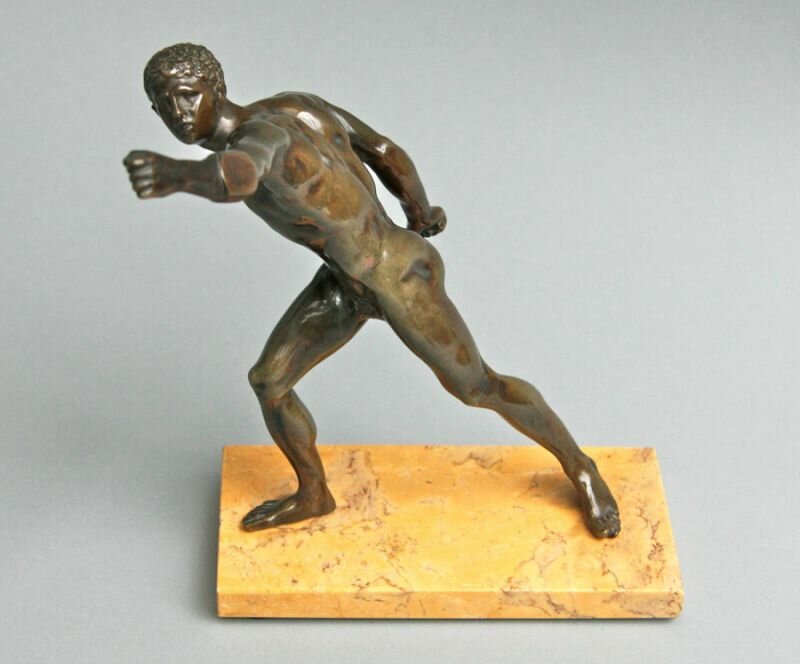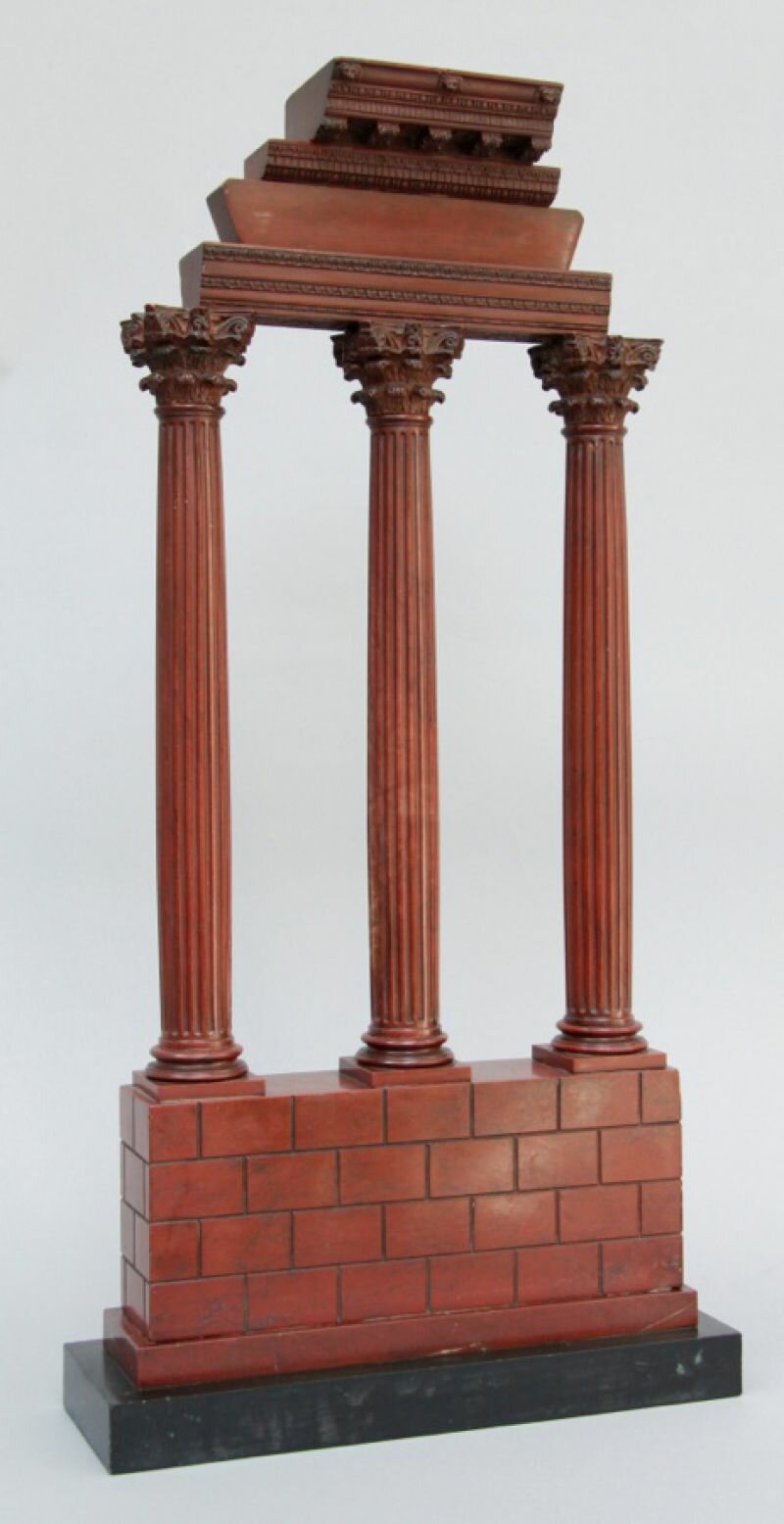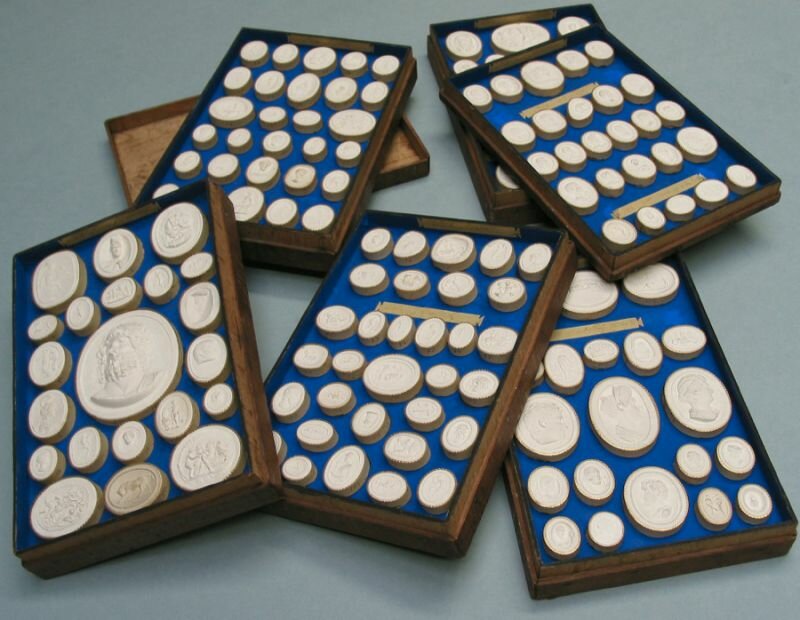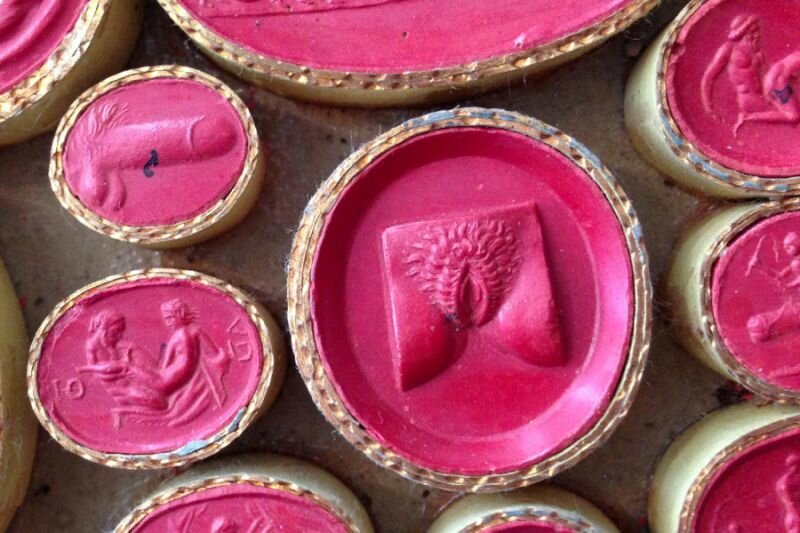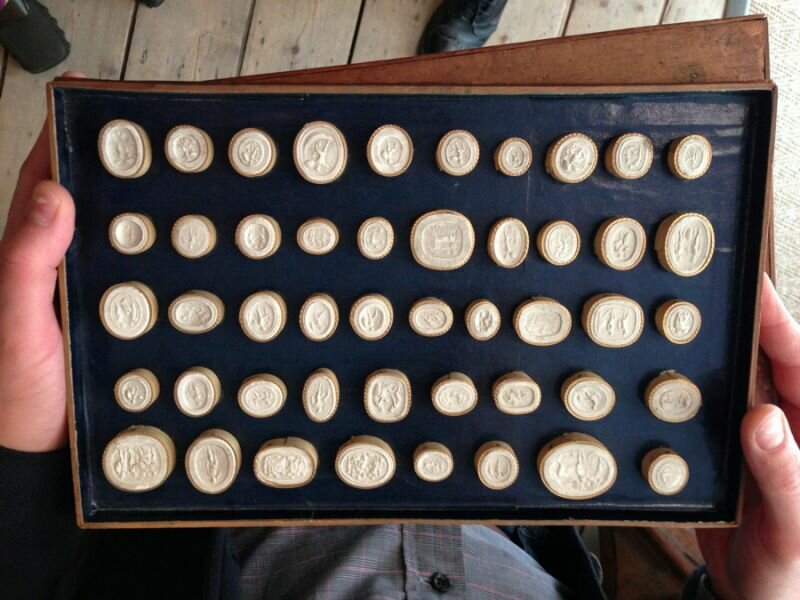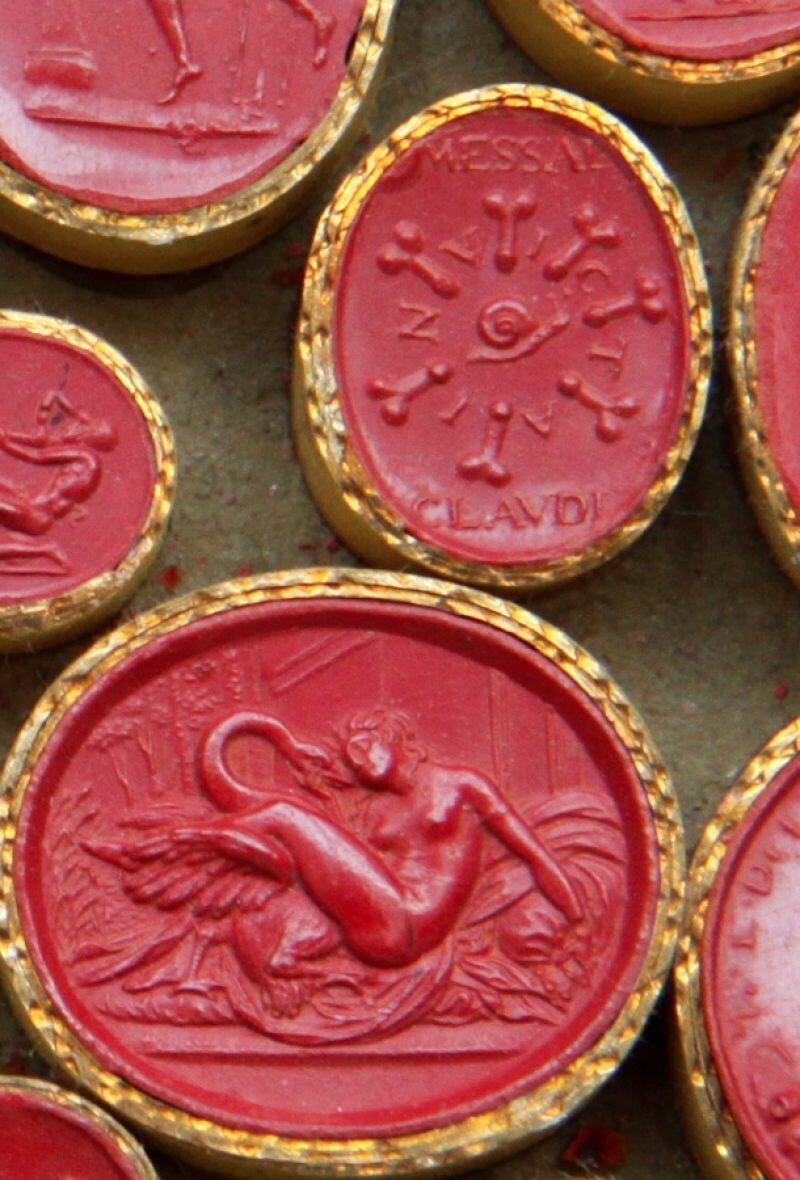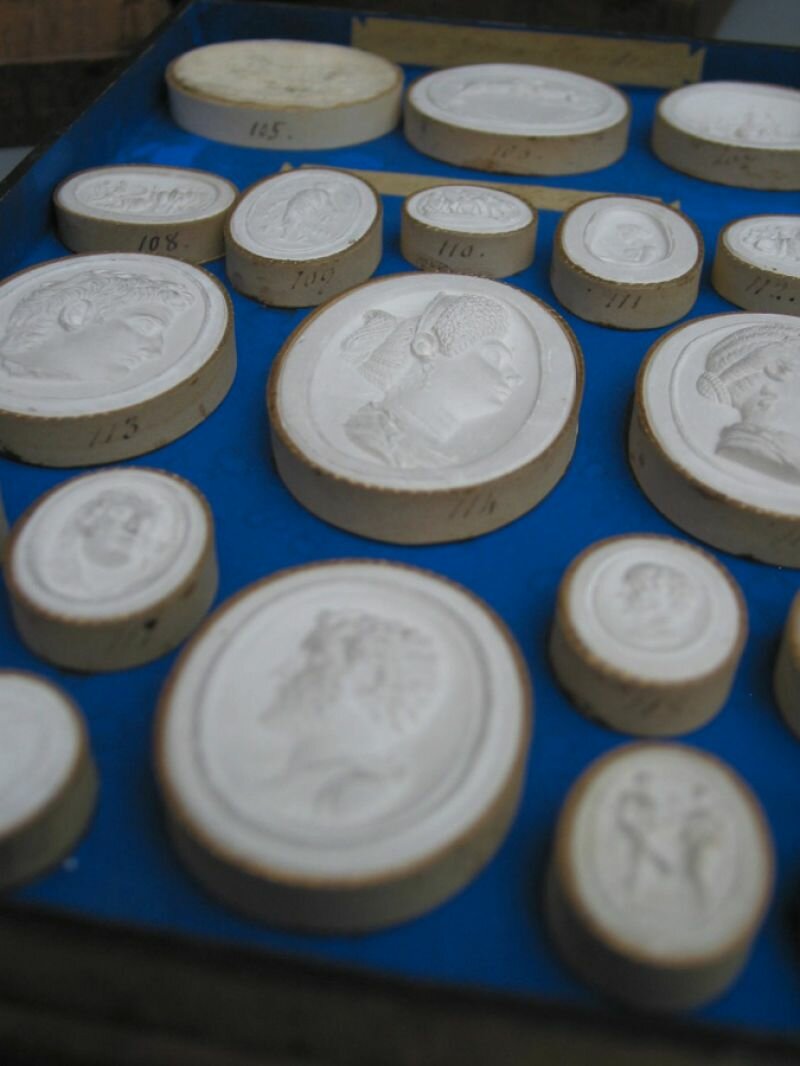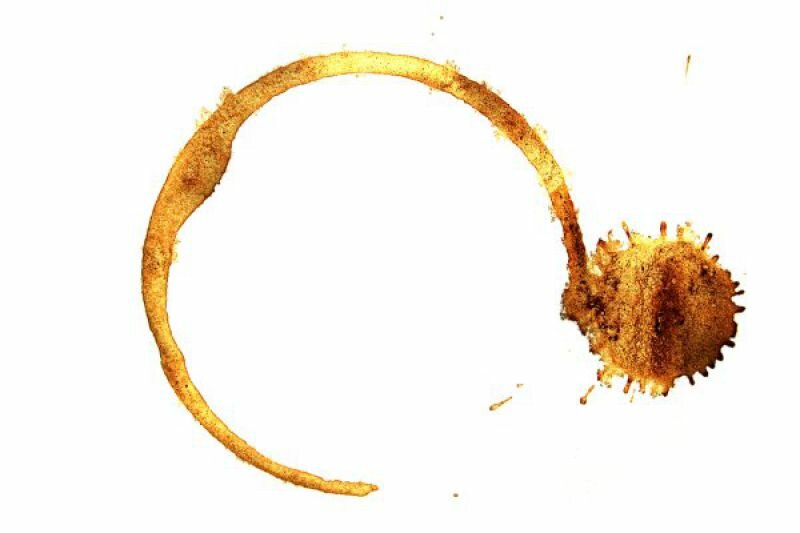
I think the essence of life reveals itself in traces, in all the mistakes, the broken pieces we touch, the evidence of usage of things and surfaces, more so than in the successes we encounter in life. But what is the essence of the trace (if it has such a thing)?
For me, Barthes clarifies this through writing about the essence of a pair of pants: ‘What is the essence of a pair of pants (if it has such a thing)? Certainly not that crisp and well-pressed object to be found on department-store racks; rather, that clump of fabric on the floor, negligently dropped there when the boy stepped out of them, careless lazy, indifferent. The essence of an object has some relation with its destruction: not necessarily what remains after it has been used up, but what is thrown away as being of no use’[1]
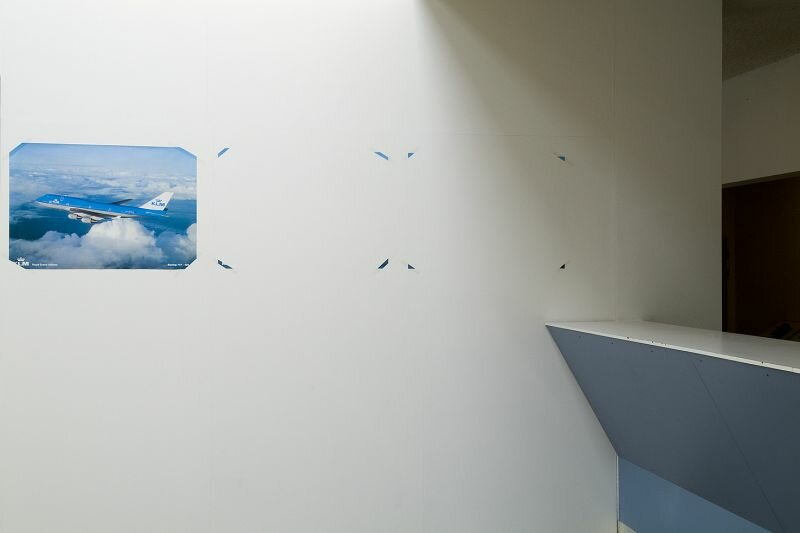
The void comes to you as a revelation, it surprises, it amazes, sends you adrift into your own imagination. The void appears over time, through the accumulation of dust on a surface where a thing or an object is hanging, standing, lying. The trace appears only after taking the thing away. It is usually not made intentionally because it just appears on the spot where you hang your paintings, clocks, and shelves; place your furniture etc. The more time, dust, and light particles alter the surface area in terms of colour or appearance, the more the trace reveals itself.
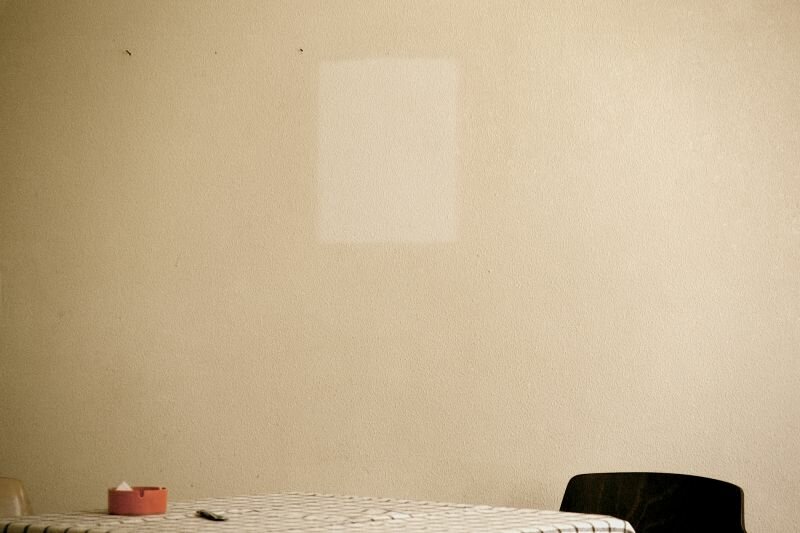
The theft of Leonardo Da Vinci’s Mona Lisa in 1911 attracted an immense crowd of people from all over Europe, to visit and see the void in the place where the painting had hung before, [2] but not the thing itself since it was stolen. Thus the theft of the painting elevated its status even more. But what is the power, the driving force for wanting to visit the place, only to see the void? The void becomes the protagonist in the piece, but only because there once was a painting with a certain status. With the example of the Mona Lisa, it is obviously the status of the painting and the mental memory of the image that constitutes the status of the void.
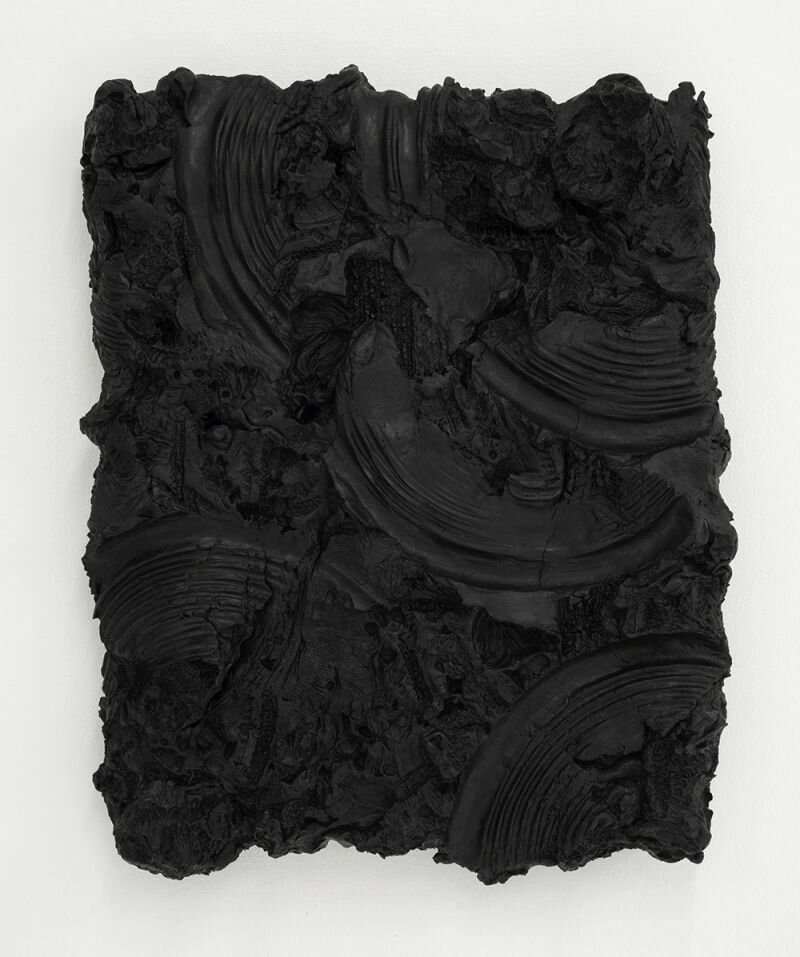
The spatter is a joyful trace. It is like confetti on the surface. It shows itself mostly in the shape of little drops like little points on the surface. Sometimes they are gathered around a big central blot. Sometimes spatters looks like stars with a thicker centre part where thin lines depart from and stretch outwards. It can be created by throwing a glass of wine on the floor: where the wine will hit the ground, most of the liquid will strike, but around this centre there are tiny drops bouncing up again and falling a bit further off centre or touching a vertical other surface like a table leg or a wall. It resembles the fun of water, of playing. It is also joyful because it describes an instant, a moment that doesn’t last more than a second.
The waterfall, which only spatters at the bottom, is purely energy. The clashing of the water on the surface, the uncontrolled way the drops shoot through the air and land until they merge with the flat water’s surface. The same energy is visualized in the spatter trace, but then fixed on a ground. One moment of action is frozen and never able to repeat itself. Just as photography is the freezing of a moment, the death of the object, the still image where all the energy has been drained from, so the spatter a singular event: a moment fixed for just one time.
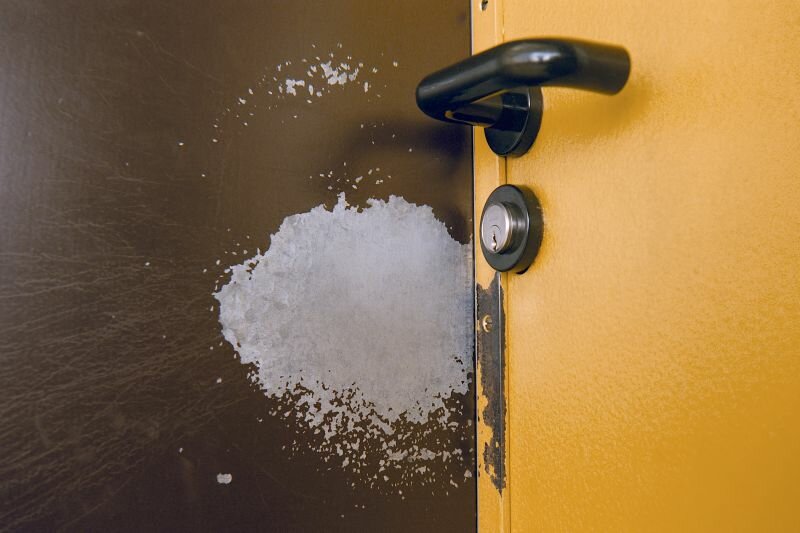
The smudge is the touch. It is distinctive because of its physicality. The smudge is, in essence, something you would make with your finger, hand or elbow or another piece of limb, together with some medium that makes it appear. This medium can be grains of powder, greasy substances, or anything that stands out on the surface that is being smudged.
Smudges are made by people; people with dirty hands, or dirty working clothes that fall on the floor. The smudge is always a human thing, the result of a directional action, like smudge traces you find on doors that are always touched on a certain spot near the edge of their surface on a height between approximately one and one and a half meters from the ground.
There is no trace without a past. It tells you that something has happened that took place at a moment in time before you see the trace itself. A trace can tell what has been on a surface, or for how long the surface has existed. A trace can reveal the inner layers of a surface, or show the most used places in a space. A trace can be made in an instant, like a coffee stain, or it can take years for a trace to develop, like the expansion of a wooden door.A trace shows time in itself.
This text is an excerpt from a full essay, to be read here.
[1]Barthes, Roland. The responsibility of forms, page 158, University of California Press, 1991
[2] Leader, Darian. Stealing the Mona Lisa – What art stops us from seeing, Faber & Faber, London, 2002.
This occurrence is the starting point for Darian Leader’s about why empty gallery spaces are attractive and why we like to look at art.






